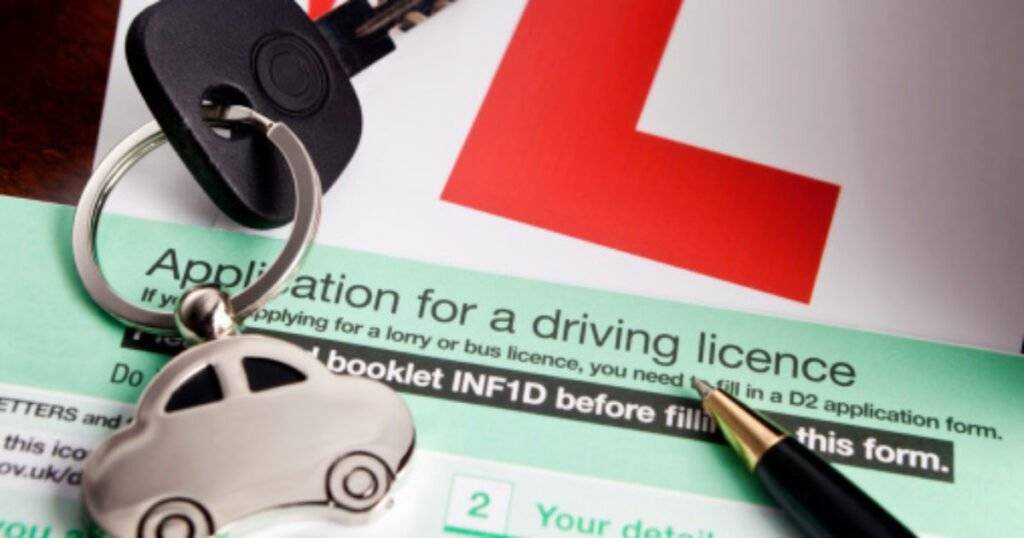DVSA Theory Test
Out of many important stages that are necessary for the acquisition of a driving license in Great Britain, one of the keys is the DVSA theory test. This is one important assessment part that, besides assessing signs, laws, and rules of safety on the road, also tests what you know about them.
To be qualified to get to the actual driving test, you have to first pass the DVSA theory test, which is the pretest used by the authorizing bodies. Aim this booklet at both the starting novices and the practiced drivers who wish to hone their abilities, it will not only prepare you to encounter the exam but also assist you in forming an effective working strategy to pass.

Understanding the DVSA Theory Test:
The Driving and Vehicle Standards Agency theory test is being separated into two sections. There is more than one type of test you can go for, and these are the incidental choice questions and the method of testing driving skills.
The MCQ segment is made up of 50 questions dealing with different areas of road safety, traffic rules, or vehicle operation. That’s all. The practical test is essentially made up of video clips, which ‘trick’ the viewers by showing various dangers and how you need to react to them.
Preparing for the DVSA Theory Test:
Preparation is a touchstone amid endeavors and aims to pass the DVSA theory test. Here are some essential steps to follow:
Obtain study materials: Fund reliable exam guides, publishers, or online tutor systems for the DVSA theory test whose origins can be traced back to its founder. This will put at your disposal information sheets on traffic signs, traffic rules, and hazard perception scenarios. The Road Sign Book by Finkmayer et al. will be one of the reading materials listed in your syllabus.
Create a Study Plan: Create a study plan that contains the subjects and slides and splits them into smaller parts to be studied individually. Timing is very important; hence, you should allocate enough to each idea and make sure that the summary is thorough for all the areas.
Practice mock tests: Wash your hands frequently and avoid touching your face. When going outside, maintain social distancing and wear a mask. These will assist you in feeling comfortable with the one-time exam pattern, helping you get in charge of your time and focus on the areas that need improvement.
Focus on Hazard Perception: The test of hazard perception is considered the bottleneck test as it is of utmost importance in the DVSA theory test. There is a considerable amount of time for driving hazard perception platforms and building skills to early realize the identified bad road hazards.

Tips and tricks for the DVSA Theory Test:
Understand the question format: Meet yourself with the different styles of questions, featuring, for example, multiple-choice, case studies, and hazard perception scenarios. This method of questioning will give you an organized approach to every question.
Time Management: The efficient time management area is quite obvious while going for the DVSA theory test. Manage your time well and ensure that you spend many hours on each question.
Eliminate Distractors: In multiple-choice questions, pay attention to each option, and when you rule out those that are wrong, your final choice will be the right one.
Visualize Scenarios: During road questions or hazard perception exam questions, just imagine the situation in your mind so the context and any hazards can be clearly understood.
Stay Calm and Focused: You should pursue a positive mindset during the whole theory test to get an appetite for learning. By no means feel bad about misreading complex questions, and set the pace that allows you to adapt at a steady pace.
Conclusions about the DVSA Theory Test:
Achieving the DVSA practical driving test is an instrumental event in the process of receiving your driving license in Great Britain. By adhering to a comprehensive study plan, exercising often, and implementing the most productive tactics, you will be able to navigate the multiple-choice question and hazard perception scenario aspects with great confidence in your abilities. Although the DVSA theory test has been designed to ensure drivers have a deep understanding of road safety and traffic laws, this will result in the safe movement of all road users. Perseverance and tailored studying will help you get over the DVSA theory test and prepare for your driving test.

